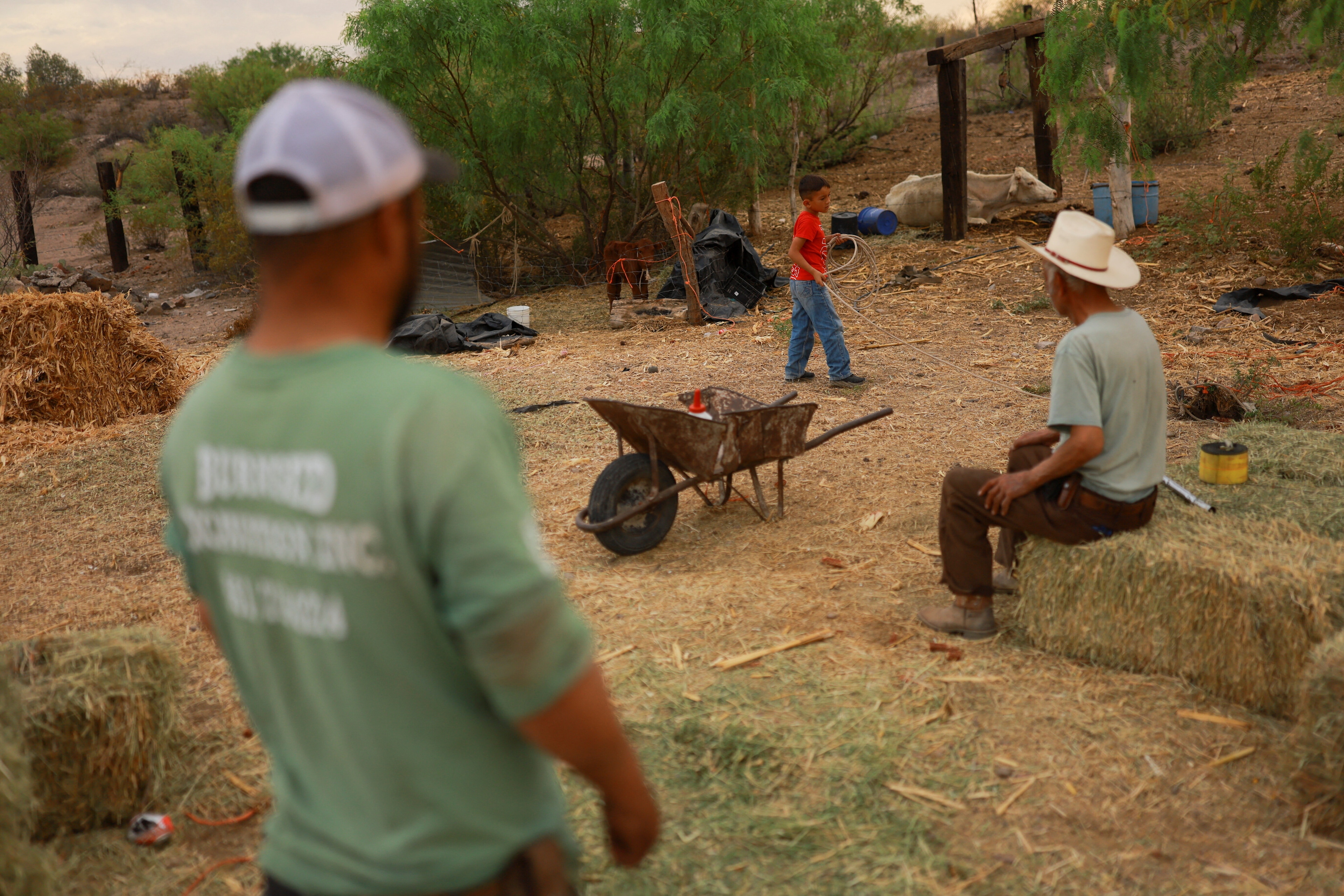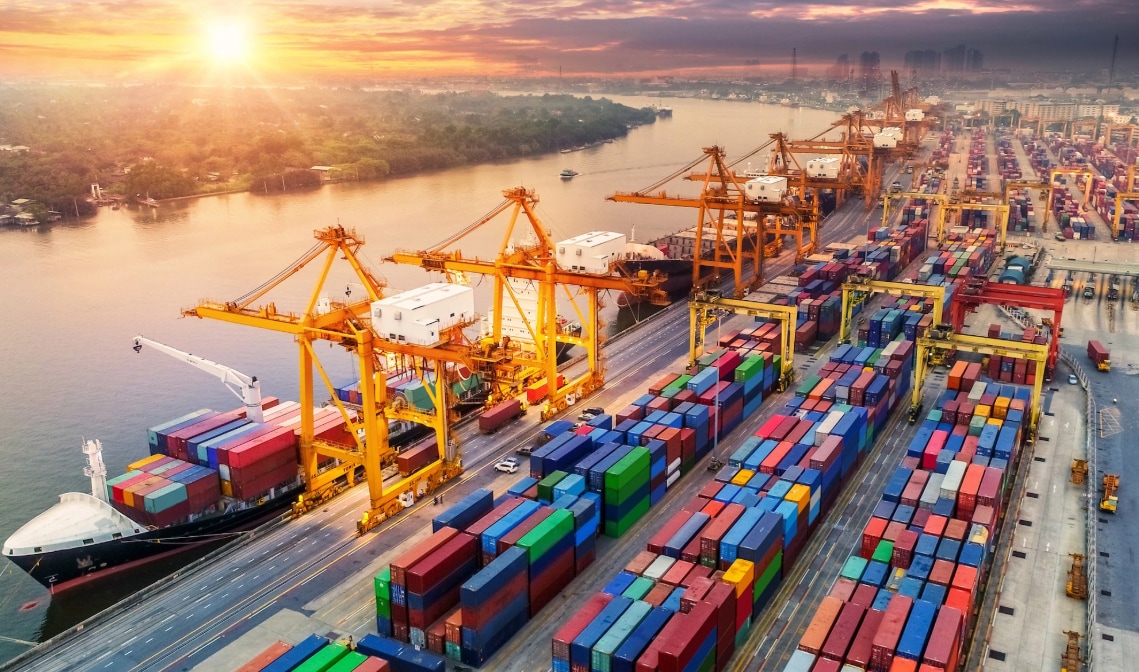Testing how the latest climate models simulate global soil carbon
The world's soils are a major carbon store.
Image: Unsplash/ Gabriel Jimenez
Stay up to date:
Climate Crisis
- Carbon stored within soils is a key part of the Earth’s carbon cycle.
- To predict the future fate of soil carbon, climate scientists use Earth system models, these are climate models that can simulate both climate and carbon-cycle processes.
- With the significant quantities of carbon stored in soils globally, understanding and quantifying the potential release of carbon from soils is vital.
The world’s soils are the largest active store of carbon on the Earth’s land surface – clocking in at least three times more than in forests and plants.
According to the latest Global Carbon Budget, emitting a further 120bn tonnes of carbon into the atmosphere is likely to be enough to push global warming beyond the 1.5C limit. This is a tiny number compared to the estimated 2,000 to 4,000bn tonnes of carbon stored in soils globally.
The consequence of such a large store of carbon is that if even a small fraction were to be released into the atmosphere due to a changing climate, it could result in a significant positive climate feedback, causing yet more warming.
Global climate models allow scientists to project what could happen to soil carbon in the future as the Earth warms. However, with many factors influencing how soils gain and lose carbon, it is a complicated picture.
In a new study, published in Biogeosciences, we test the ability of the latest models to replicate what we see in the present day. This gives us a picture of how much we can trust their forecasts of the future and highlights areas where the models could be improved.
Our findings show that models are getting better at simulating how much carbon is going into soils, but still need improvement at reproducing how much is lost as microbes in the soil break the carbon down and release it into the atmosphere.
Further advances in future modelling will be vital for successfully projecting how soil carbon will be affected by warming and whether it will help – or hinder – global efforts to reduce carbon emissions.
Soil carbon under climate change
Carbon stored within soils makes up a key part of the Earth’s carbon cycle – the natural cycle of carbon between the atmosphere, land and ocean.
The carbon cycle is important in determining future climate change because it is sensitive to increases in atmospheric CO2 concentrations and the warming it causes.
Without climate change, the uptake of carbon by soils would generally be in a long-term balance with carbon losses, keeping the overall amount of carbon stored in the soil steady.
At the global scale, fluctuations in soil carbon are substantial – about five times larger than current human-caused CO2 emissions every year. They are also projected to increase as the climate warms and so working out the overall impact on future soil carbon is a major challenge.
The main input of carbon into the soil is “litter” from vegetation, where dead leaves and debris end up as carbon in the soil. Under increased atmospheric CO2 levels, plants and trees are often more “productive” as there is more CO2 available for photosynthesis. This results in more carbon being absorbed from the atmosphere by the land surface and can potentially lead to more carbon being added to the soil.
However, counteracting this effect are additional factors which must also be considered. One is that increased temperatures under global warming allow microbes which live in the soil to break down carbon at a faster rate. This can cause more carbon to be released from the soil into the atmosphere, reducing the carbon stored. A good example of this is frozen permafrost soil, which is known to be particularly sensitive to climate change and present a large threat to future climate change.
These changes in the carbon cycle that affect the amount of the CO2 in the atmosphere are known as carbon cycle feedbacks, which can either accelerate or slow climate change. The future fate of soil carbon therefore plays a large part in quantifying future warming.
Modelling
To predict the future fate of soil carbon, climate scientists use Earth system models (ESMs). These are climate models that can simulate both climate and carbon-cycle processes and present the best tool for making future projections of climate change.
ESMs simulate the carbon cycle and associated feedbacks; however, the modelling of soil carbon and related processes presents many challenges.
Both the carbon input from plant litter and the output from microbial decomposition are projected to increase under climate change. However, these factors have counteracting effects on soil carbon change. The main problem with soil carbon modelling is we do not know how much the incoming and outgoing carbon will change under global warming and the balance between them is crucial for predicting the net effect on the climate.
An additional complication with understanding future soil carbon change is that soils around the world differ significantly, and this affects how carbon is stored there.
For example, we refer to some carbon as being in a “slow soil carbon pool”, which means the soil might have properties which makes it more resistant to decomposition, which is more common in the colder, northern-hemisphere high latitudes. Similarly, we have “fast soil carbon pools”, where the lifetime of carbon in the soil is short and it is quickly decomposed back into the atmosphere, which is more common in the warmer, tropical regions.
The balance between these types of carbon pools has an important role in the behaviour of soil carbon globally and understanding how this balance will change over time presents a significant challenge when modelling soil carbon change.
Latest models
Our new study evaluates how soil carbon is modelled in the latest generation of ESMs in the sixth – and most recent – iteration of the Coupled Model Intercomparison Project (CMIP6). We compare our findings with observational datasets and also the previous generation of models (CMIP5).
CMIP is a globally coordinated climate modelling effort that feeds into the Intergovernmental Panel on Climate Change (IPCC) assessment process. There are numerous ESMs which have been developed by different modelling centres around the world and are being constantly updated and improved. CMIP defines consistent climate change experiments to allow for comparison between each of the ESMs and between different generations.
In our study, we compare model output data from CMIP6 and CMIP5 and observational data taken from the real world, such as satellite-derived estimates. From this we can see where improvements have been made in CMIP6 relative to CMIP5, and where limitations remain with regards to soil carbon modelling.
We consider soil carbon globally as well as the factors that influence carbon uptake and losses. For uptake, we focus on the “above-ground” input from the productivity of vegetation on land. For losses, we focus on “below-ground” output, investigating the time carbon survives in the soil before it is broken down by microbes and released back into the atmosphere.
We identified improvements in the simulation of above-ground processes in CMIP6 models compared with CMIP5. This is largely due to the inclusion of nutrient limitations on plant growth in CMIP6 models. For plants to photosynthesise, they need CO2, light and water, but also enough nutrients such as nitrogen and phosphorus. Therefore, if any one of these requirements are limited in the future, it will limit the potential increase in productivity and carbon input into the soil as CO2 increases.
However, the same consistent improvements are not seen in the simulation of below-ground processes. As the maps below show, this is mostly seen by a general underestimation of soil carbon in the high northern latitudes in CMIP6 models (top) when compared to observations (bottom). In the maps, the darker green shading shows higher levels of soil carbon.
Soil carbon varies significantly around the globe, both in terms of soil type and the quantity of carbon stored. For example, in the tropical regions where the Earth sees much warmer temperatures, there tends to be smaller quantities of soil carbon stocks. In contrast, there tends to be larger soil carbon stocks in high northern-latitude regions where the Earth sees much colder temperatures.
However, this northern-hemisphere high-latitude soil carbon is not reproduced in the majority of CMIP6 climate models.
Focus on below-ground processes
The results from our study suggest that much of the remaining uncertainty in modelling soil carbon is related to the simulation of below-ground processes.
This points to a need for a greater focus on improving the simulation of these processes in the next generation of ESMs for CMIP7.
Improvements would help to reduce the uncertainty in projected carbon release from global soils under climate change and increase confidence in the carbon budgets associated with different levels of global warming.
Due to the significant quantities of carbon stored in soils globally, understanding and quantifying the potential release of carbon from soils is vital if the Paris Agreement temperature limits are to be met.
What’s the World Economic Forum doing about climate change?
Accept our marketing cookies to access this content.
These cookies are currently disabled in your browser.
Don't miss any update on this topic
Create a free account and access your personalized content collection with our latest publications and analyses.
License and Republishing
World Economic Forum articles may be republished in accordance with the Creative Commons Attribution-NonCommercial-NoDerivatives 4.0 International Public License, and in accordance with our Terms of Use.
The views expressed in this article are those of the author alone and not the World Economic Forum.
Related topics:
Forum Stories newsletter
Bringing you weekly curated insights and analysis on the global issues that matter.
More on Climate ActionSee all
Jose Ignacio Galindo and Nicolas Wertheimer
July 24, 2025
David Elliott
July 22, 2025
Stephanie Dunn and Firuze Alpaydin
July 22, 2025
Muhammad Hassan Dajana and James Balzer
July 22, 2025






